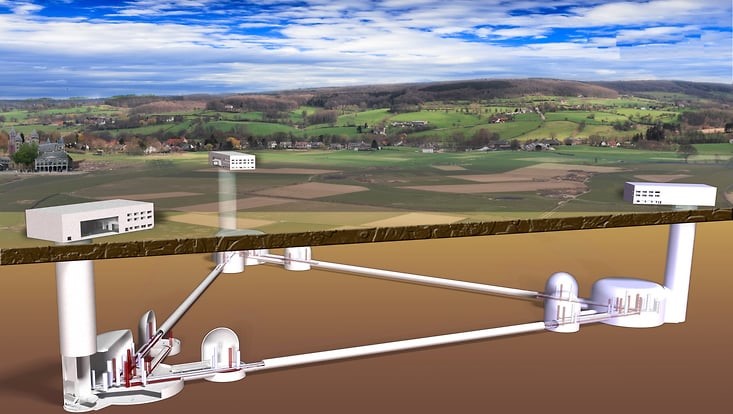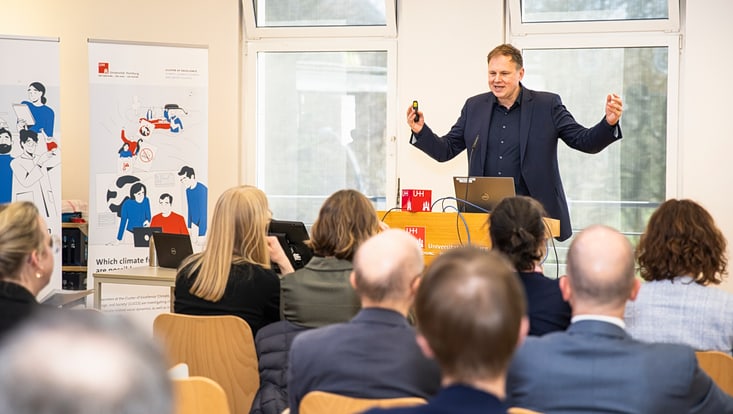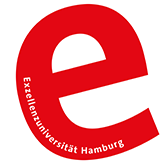Gravitational wave research made in GermanyThe Beginning of the Universe and the Einstein Telescope
30 January 2025, by Anna Walter

Photo: MPI for Gravitational Physics
Together with cooperation partners, researchers in the University of Hamburg Cluster of Excellence Quantum Universe are developing and testing components of the future Einstein Telescope. The large research system is a third-generation gravitational wave detector and is set to be built in Europe in the coming decades.
For a long time, researchers around the world have been planning and developing a new generation of gravitational wave detectors that will help us in the future to gain more precise information about the development of the Universe. One of these detectors is the Einstein Telescope. When and where exactly it will be set up remains to be clarified. Three locations are currently under discussion: the tri-border area of Germany, Belgium, and the Netherlands; Sardinia in Italy; or Lusatia (Saxony).
In close collaboration with researchers working in different departments at the University of Hamburg, DESY, and Helmut Schmidt University—University of the Federal Armed Forces (HSU), experimental physicists in the Cluster of Excellence Quantum Universe at the University of Hamburg are developing a lab environment to create and test components of the Einstein Telescope. “Science City Hamburg Bahrenfeld is an optimal environment for the creation of this kind of lab,” says Prof. Dr. Oliver Gerberding, professor of gravitational wave detection at the University of Hamburg. “We also profit from close exchange with theoretical physics and astrophysics, which are also preparing for the Einstein Telescope.”
Although predicted by Albert Einstein over 100 years ago, gravitational waves were measured for the first time only in 2015. The Einstein Telescope will now advance this pioneering research and once again revolutionize scientific observation. It is based on laser interferometry, meaning the layering of laser rays that have traveled different distances. To gain precise measurements, it is crucial to identify and reduce sources of interference. Three Hamburg researchers are developing methods for repressing interference, for example, quantum noise and seismic waves.
In the Cluster of Excellence Quantum Universe, researchers in particle, astro-, and mathematical physics at the University of Hamburg and DESY are investigating the origins and development of the Universe. The largest cosmological observations to date are based on electromagnetic radiation—light—allowing for conclusions about the development of the Universe only from about 380,000 years after its creation. Measuring gravitational wave, on the contrary, allows for insigth into the Universe’s earliest phase.



